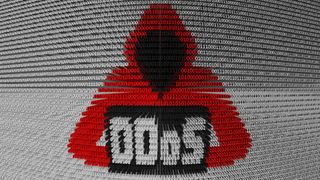Malware
Latest about Malware

This 'ZombieAgent' zero click vulnerability allows for silent account takeover - here's what we know
By Sead Fadilpašić published
ChatGPT was vulnerable to prompt injection, but OpenAI apparently fixed it.

This new malware campaign is stealing chat logs via Chrome extensions
By Sead Fadilpašić published
Two extensions were found exfiltrating all AI prompts.

Hackers use 'Blue Screen of Death' malware to target victims
By Sead Fadilpašić published
A new campaign is targeting the European hospitality industry.

Microsoft announces new security features to boost Teams defenses
By Ellen Jennings-Trace published
Key new security features are coming to Microsoft Teams.

AI-created ransomware and NFC attacks lead the surge in new cyberattacks - here's how you can stay safe this holidays
By Sead Fadilpašić published
AI is no longer being used just to craft convincing phishing emails - it's being used to build ransomware.

These malicious Google Chrome extensions have stolen data from over 170 sites - find out if you're affected
By Sead Fadilpašić published
Two Chrome extensions were found eavesdropping on people's browsing, stealing login credentials and payment card information.

Suspected DDoS attack takes France’s post office offline
By Sead Fadilpašić published
Multiple post office sites and services are inaccessible as teams scramble to restore them.

Dangerous WebRAT malware now being spread by GitHub repositories
By Sead Fadilpašić published
Security researchers find 15 malicious repositories, all deploying a dropper for the WebRAT backdoor.
Sign up for breaking news, reviews, opinion, top tech deals, and more.

